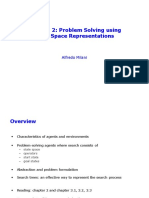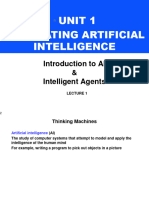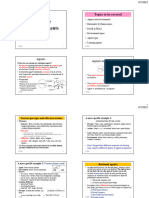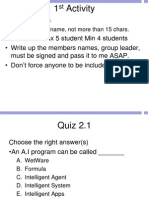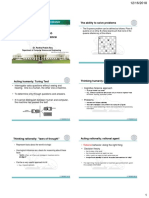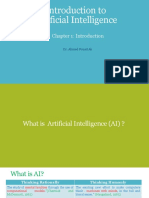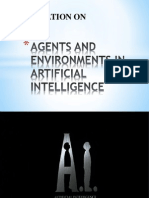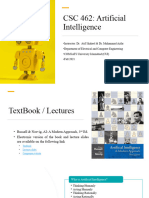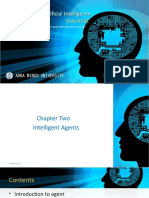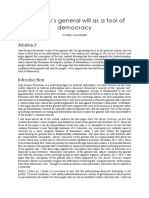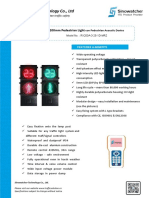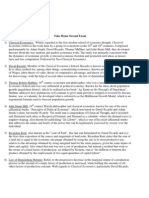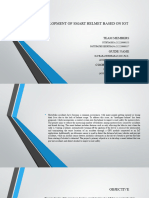0% found this document useful (0 votes)
7 views56 pagesLecture 1 - Introduction
The document outlines the fundamentals of Artificial Intelligence (AI) and its various definitions, including acting and thinking humanly and rationally. It discusses the components of AI, the concept of rational agents, and the importance of task environments, exemplified through PEAS (Performance measure, Environment, Actuators, Sensors). Additionally, it covers problem-solving agents, state-space formulations, and search strategies in AI, emphasizing the challenges and methodologies involved in navigating complex problems.
Uploaded by
Rounakul IslamCopyright
© © All Rights Reserved
We take content rights seriously. If you suspect this is your content, claim it here.
Available Formats
Download as PPTX, PDF, TXT or read online on Scribd
0% found this document useful (0 votes)
7 views56 pagesLecture 1 - Introduction
The document outlines the fundamentals of Artificial Intelligence (AI) and its various definitions, including acting and thinking humanly and rationally. It discusses the components of AI, the concept of rational agents, and the importance of task environments, exemplified through PEAS (Performance measure, Environment, Actuators, Sensors). Additionally, it covers problem-solving agents, state-space formulations, and search strategies in AI, emphasizing the challenges and methodologies involved in navigating complex problems.
Uploaded by
Rounakul IslamCopyright
© © All Rights Reserved
We take content rights seriously. If you suspect this is your content, claim it here.
Available Formats
Download as PPTX, PDF, TXT or read online on Scribd
/ 56


